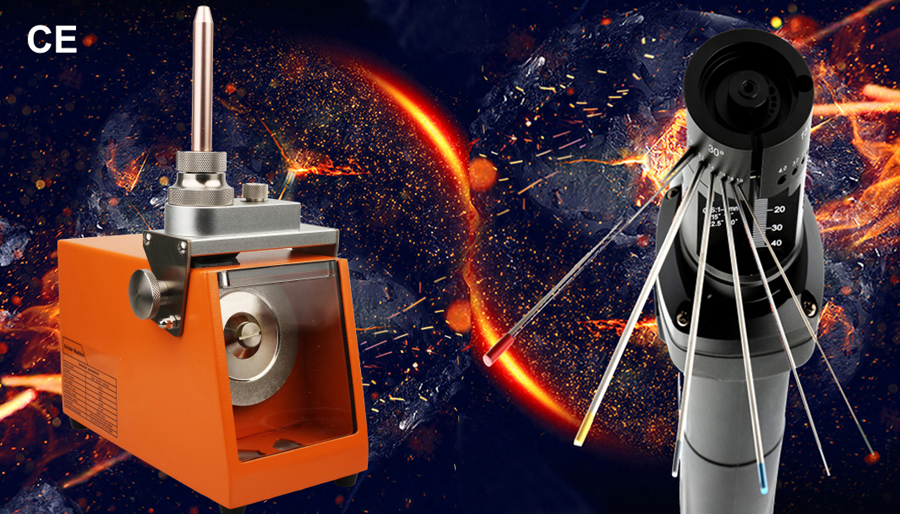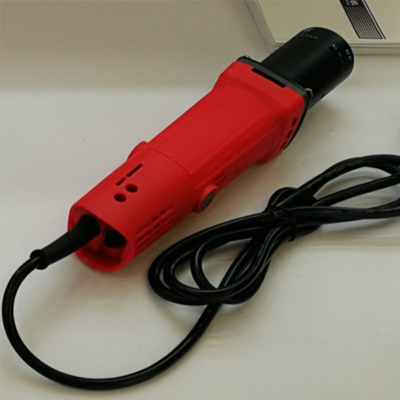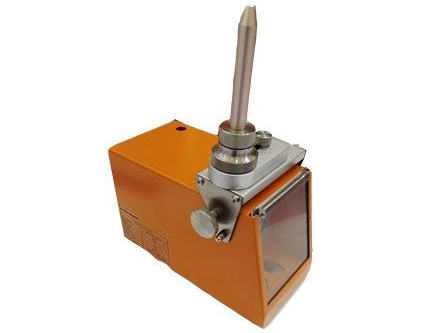Choosing the best tungsten grinder is essential for achieving precise and high-quality welds, especially in TIG (Tungsten Inert Gas) welding. The right tungsten grinder ensures that the tungsten electrode is sharpened to the correct angle, providing a stable arc and consistent performance. In this guide, we’ll explore the key factors to consider when selecting the best tungsten grinders, ensuring you make an informed choice that meets your welding needs.
Why is a Tungsten Grinder Important?
A tungsten grinder is crucial for maintaining the quality and consistency of your welding projects. A properly ground tungsten electrode improves arc stability, reduces the risk of contamination, and ensures precise welds. Without the right grinder, you risk uneven or contaminated electrodes, leading to poor weld quality and potential rework.

Tungsten Grinders
Key Features to Consider When Choosing a Tungsten Grinder
When selecting a tungsten grinder, there are several important features to consider:
Grinding Angle
The grinding angle of the tungsten electrode is critical for the quality of the weld. Most tungsten grinders allow you to adjust the grinding angle to suit your specific welding requirements. A consistent and precise angle ensures a stable arc and minimizes the risk of contamination. Look for grinders with adjustable settings to cater to various welding applications.
Portability and Size
The size and portability of the tungsten grinder are essential considerations, especially if you work in different locations. Portable tungsten grinders are lightweight and easy to carry, making them ideal for on-site jobs. However, if you primarily work in a stationary workshop, a larger, more robust grinder may offer better performance and durability.
Grinding Wheels
The quality and type of grinding wheels used in the tungsten grinder significantly affect the grinding process. Diamond wheels are preferred for their longevity and ability to produce precise, smooth finishes. Check if the grinder you are considering comes with replaceable or adjustable wheels to extend its usability and efficiency.
Ease of Use
Ease of use is another crucial factor. The best tungsten grinders should be user-friendly, with straightforward controls and settings. Whether you are a beginner or an experienced welder, the grinder should be easy to operate, allowing you to focus on the welding process without unnecessary complications.

Tungsten Grinder
Manual vs. Automatic Tungsten Grinders
Tungsten grinders are available in both manual and automatic models. Here’s a comparison to help you decide which is best for your needs:
Manual Tungsten Grinders
Manual grinders require the operator to manually adjust and grind the tungsten electrode. They are often more affordable and give you greater control over the grinding process. However, they require more skill and can be time-consuming, especially for large-scale projects.
Automatic Tungsten Grinders
Automatic grinders offer a more convenient and efficient option, particularly for high-volume welding operations. They automatically adjust the tungsten electrode to the desired angle, providing consistent results with minimal effort. These grinders are typically more expensive but are ideal for professionals who prioritize speed and accuracy.

Tungsten Grinder
Questions and Answers About Choosing Tungsten Grinders
Q: What angle should I grind my tungsten for TIG welding?
A: The most common grinding angle for TIG welding is 20 to 30 degrees. However, the exact angle can vary depending on the specific application and material thickness. A sharper angle is often used for welding thinner materials, while a blunter angle is better for thicker materials.
Q: Can I use a standard bench grinder to sharpen tungsten?
A: While it’s possible to use a standard bench grinder, it’s not recommended. A dedicated tungsten grinder provides better precision, consistency, and contamination control. Bench grinders often produce a rough finish and can contaminate the tungsten, leading to poor weld quality.
Q: How often should I replace the grinding wheel on my tungsten grinder?
A: The frequency of replacing the grinding wheel depends on the usage and the type of wheel. Diamond wheels last longer but should be replaced when they start producing uneven finishes or when they become worn out. Regular maintenance and inspection can help you determine when to replace the wheel.
Q: Is it worth investing in an automatic tungsten grinder?
A: If you regularly perform TIG welding and require consistent, high-quality welds, investing in an automatic tungsten grinder is worth it. It saves time, reduces the risk of errors, and ensures a precise grind every time, making it a valuable tool for professionals.
By considering these key factors and answering common questions, you can choose the best tungsten grinder that suits your welding needs, ensuring better weld quality and improved performance.
ANY QUESTIONS?
GET IN TOUCH!
Just shoot us an email at info@sino-welding.com and we’ll be happy to help.










